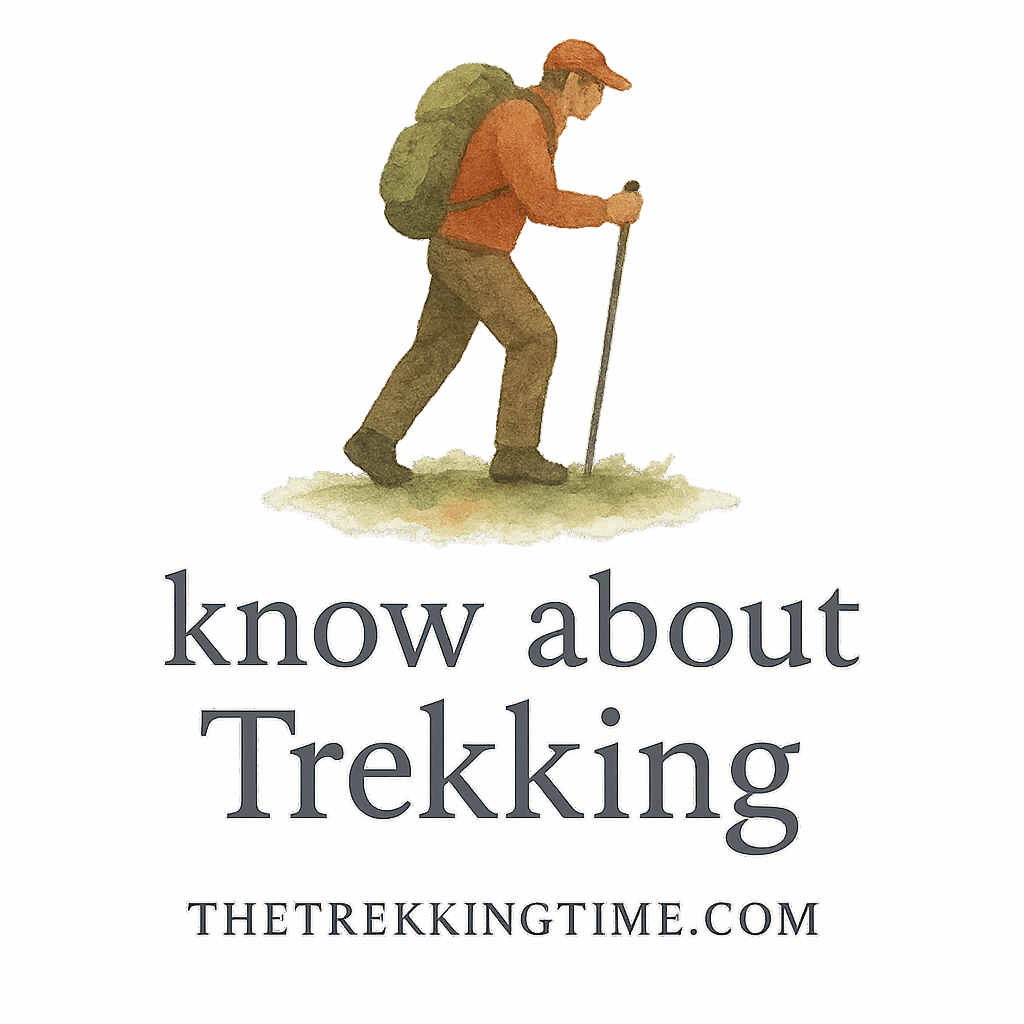Trekking through endless mountain trails is liberating—until your backpack starts weighing more than your legs can handle. Packing smart isn’t just about fitting things into a bag; it’s about prepping like a minimalist with a plan. Whether you’re heading to the Himalayas or the hills behind your backyard, these smart packing hacks can transform your trekking experience.
Let’s dive in!
Why Smart Packing Matters on Long Treks
A heavy, disorganized backpack is more than a nuisance—it’s a trek killer. Smart packing boosts your performance, increases safety, and even improves your mental health on the trail. When every ounce matters, efficiency becomes your best friend.
For more on the basics of trekking, check out Trekking Basics.
Hack #1: Master the Art of Layering Clothes
Why Layering Works Wonders
The weather in the mountains is about as predictable as a plot twist in a thriller. Layering lets you adapt without overpacking.
You need three layers:
- Base Layer: Moisture-wicking (e.g., merino wool)
- Mid Layer: Insulating (e.g., fleece)
- Outer Layer: Weather-resistant (e.g., Gore-Tex shell)
Best Fabrics for Trekking Layers
- Merino wool – naturally odor-resistant and breathable
- Synthetic fleece – quick-drying and light
- Nylon or polyester shells – water and windproof
How to Pack Layers Efficiently
Roll, don’t fold. Store each layer together in zippered mesh bags by temperature use (e.g., cold, wet, or dry).
This simple organization trick saves both space and mental load during early morning starts.
Hack #2: Choose Multi-Use Gear
What is Multi-Use Gear?
Think of gear that pulls double (or triple) duty. It cuts your pack weight while keeping your trekking essentials intact.
Examples of Versatile Trekking Items
- Buffs: Headband, neck warmer, or eye mask.
- Convertible pants: Shorts + long pants in one.
- Lightweight tarp: Shelter, rain cover, or picnic blanket.
Space and Weight Benefits
Each multifunctional item reduces bulk. That’s space for snacks, or better yet—less strain on your back.
Visit our Trekking Gear & Packing section for in-depth gear advice.
Hack #3: Embrace Vacuum Compression Bags
Save Space Without Sacrificing Essentials
Compression bags are magic. They shrink bulky clothing like jackets or sleeping liners, leaving room for more important stuff (like chocolate bars!).
Best Items to Compress
- Puffy jackets
- Spare socks and base layers
- Towels or packable down quilts
Tips for Using Compression Bags on Trails
- Choose hand-roll types (no vacuum needed)
- Label bags by content or weather category
- Don’t compress wet clothes—they’ll smell like swamp monsters
Want to learn about other trails and how people pack for different destinations? Visit Trekking Destinations.

Hack #4: Pack Like a Pro with the “ABC” Rule
A: Accessibility
Your rain jacket, snacks, map, and water filter? They should be easy to reach without unpacking half your life.
B: Balance
Distribute weight evenly. Keep heavy items centered and close to your spine for balance. Don’t be that wobbly hiker on switchbacks.
C: Comfort
If your bag pokes, prods, or feels off-balance, your hike becomes a test of endurance, not joy.
Learn more about trekking safety tips here for better posture and injury prevention.
Hack #5: Create a Grab-and-Go Essentials Pouch
Why This Pouch is a Game-Changer
Imagine your boots are soaked, your hands are freezing, and you need lip balm fast. That’s when this little lifesaver comes in.
What to Include in Your Essentials Kit
- Sunscreen
- Lip balm
- Bandaids and blister patches
- Electrolyte tablets
- Pocketknife
- Headlamp
Easy Placement Inside Your Pack
Keep it in your top lid or outer pocket. That way, you avoid the dreaded “gear dump” just to find your painkillers.
Common Packing Mistakes to Avoid
Overpacking Unnecessary Items
If you’re packing “just in case” items like extra boots or three types of bug spray—stop.
Use our site’s tag: habits section to build better packing routines.
Neglecting Trekking-Specific Needs
Your gear should match your route, weather, and duration. Visit tag: routes to understand what your trek really requires.
Long-Term Trekking Gear Checklist
Must-Haves for Multi-Day Adventures
- Water purification system
- Lightweight stove
- Quick-dry clothing
- Emergency blanket
- Navigation tools (map + compass or GPS)
Use the tag: trekking for more curated packing checklists.
Links to Expert Trekking Gear Advice
Explore:
Conclusion
Packing smart for long treks isn’t about bringing less—it’s about bringing better. With these five packing hacks—layering, multi-use gear, compression bags, the ABC method, and an essentials pouch—you’ll save your back, stay organized, and fully enjoy the journey ahead.
Whether you’re a weekend wanderer or aiming for the mountains, preparation is everything. And if you’re still unsure? Dive into more resources at The Trekking Time and explore our expert blogs on fitness, health, and outdoors life.
Happy trails!
FAQs
1. What’s the most common mistake new trekkers make when packing?
Overpacking! Stick to versatile, weather-appropriate items and avoid carrying duplicates.
2. How can I reduce pack weight without sacrificing comfort?
Opt for multi-use gear and remove items you rarely use. You’ll thank yourself on steep climbs.
3. Are vacuum bags worth it for trekking?
Absolutely—especially for compressible items like jackets and extra clothes.
4. How should I organize my backpack for long treks?
Follow the ABC method: Accessibility, Balance, and Comfort. Keep heavy items centered and essentials at the top.
5. Can I reuse trekking gear for different terrains?
Yes! Just adjust the clothing layers and footwear depending on the environment.
6. What gear helps improve trekking safety?
Navigation tools, first aid kits, and water filters are top-tier safety items. See Trekking Safety Tips for more.
7. Where can I find beginner-friendly gear lists?
Start with Trekking Basics and Trekking Gear & Packing for curated advice.


